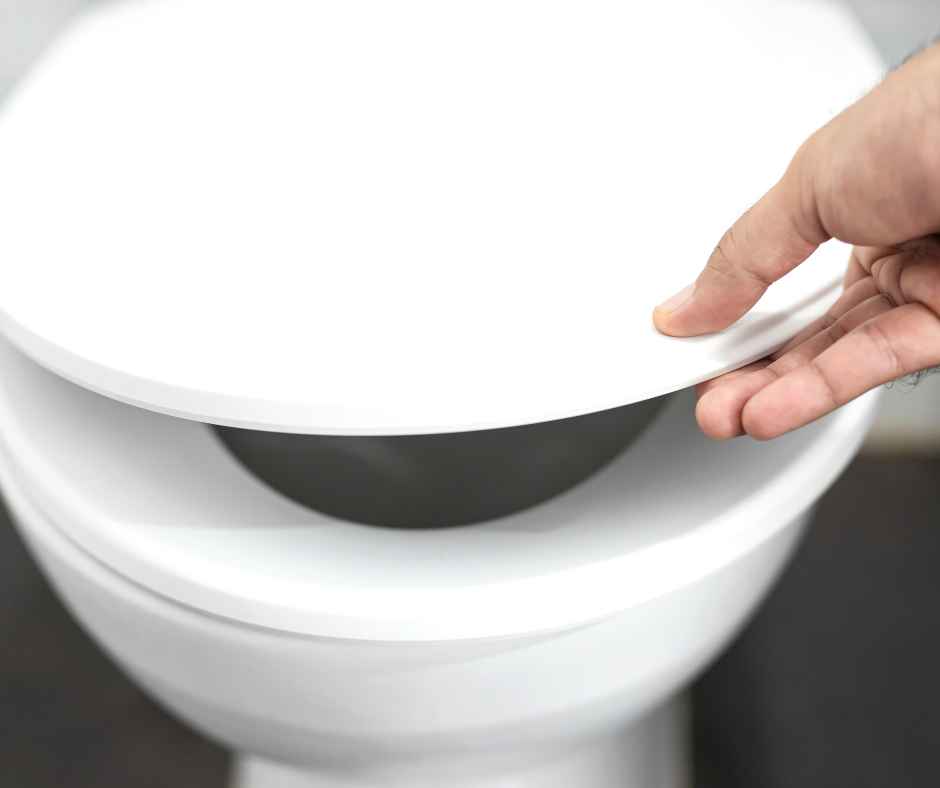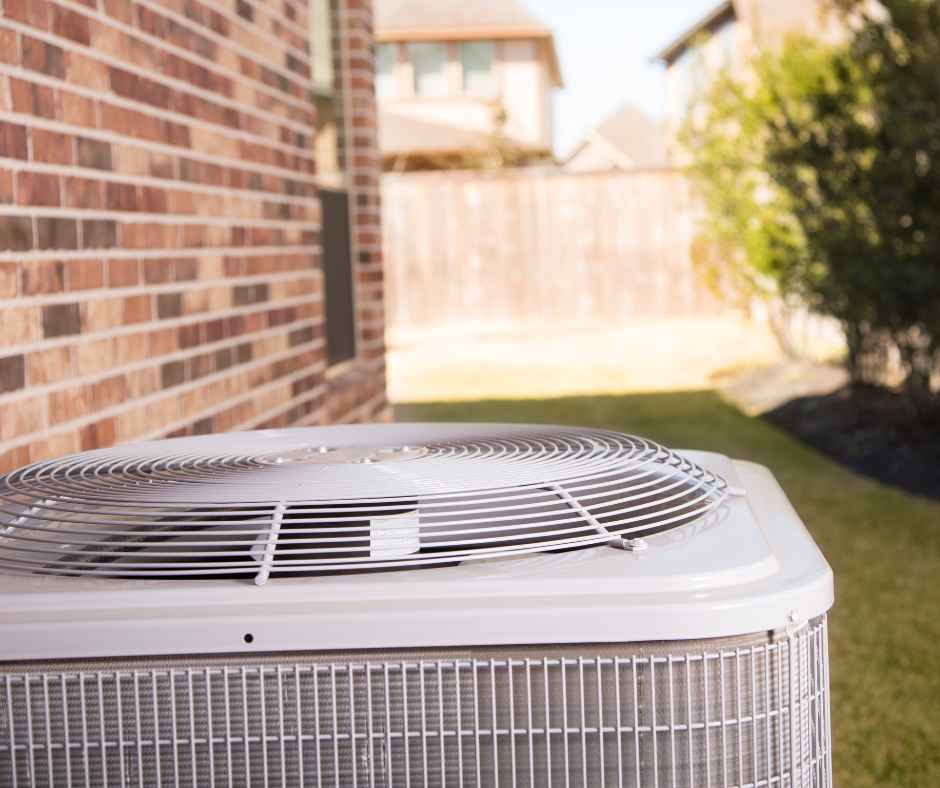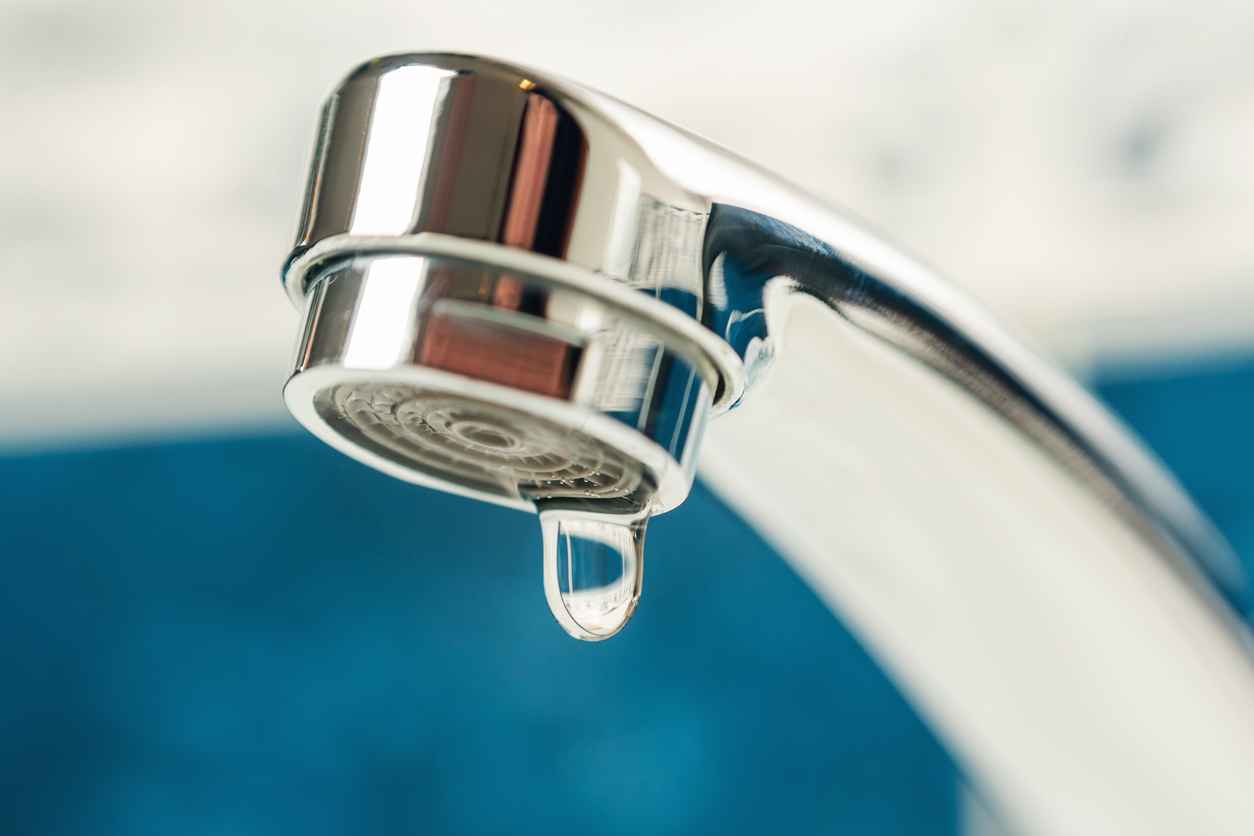520-216-7533

Why Is My Toilet Running?
May 16, 2025
A running toilet might not seem like a big deal—until you realize how much water it’s wasting. That constant trickle can quietly drive up your water bill and signal that something inside the tank isn’t working correctly. Whether it’s a worn-out flapper, a faulty fill valve, or a simple float issue, the longer it runs, the more it costs. Left unresolved, it can lead to more than just waste—it can also wear down your plumbing over time.
The good news? Most running toilet problems are quick to diagnose and fix with a few basic tools. In this blog, we’ll cover what causes your toilet to keep running, how to fix it, and when to call the pros at Pioneer Plumbing.
What’s Actually Happening When Your Toilet Keeps Running?
To understand why your toilet won’t stop running, it helps to know how it’s supposed to work. After you flush, water from the tank flows into the bowl to clear waste. As the tank empties, a fill valve opens to let fresh water back in. Once the water reaches the correct level, the valve shuts off—stopping the flow until the next flush.
When your toilet keeps running, something is interfering with that shutoff process. It could be that the flapper—the rubber seal at the bottom of the tank—isn’t sealing properly. Or, the float that controls the water level might be stuck, broken, or adjusted incorrectly. In some cases, sediment buildup in the fill valve prevents it from closing all the way.
Whatever the cause, a continuously running toilet can waste hundreds of gallons of water in a single day. Over time, that adds up to higher bills, added wear on your plumbing, and even the potential for leaks or overflow if left unchecked.
Common Signs and Causes of a Running Toilet
A toilet that runs nonstop doesn’t always flood your floor or make a dramatic noise—but there are plenty of warning signs to catch before it gets worse. Some are subtle, while others are loud enough to keep you up at night. Identifying these symptoms early can help you take fast, simple action.
Signs Your Toilet Is Running
If you notice any of the following, your toilet might be leaking water from the tank into the bowl:
- A constant trickling, hissing, or dripping sound after flushing
- Water rippling or moving in the bowl long after the flush has finished
- A tank that takes unusually long to refill—or never seems to stop
- Wiggling or jiggling the handle stops the noise temporarily
These signs are often easy to overlook, but they typically mean water is continuously cycling through the tank and bowl. This slow leak can quietly rack up gallons of water loss each day.
Why Your Toilet Might Be Running
Several components inside the toilet tank work together to control the flow and refill process. When just one of them wears out or shifts out of place, your toilet can start to run nonstop. The most common culprits include:
- Worn Flapper: The rubber seal inside the tank may have degraded or lost flexibility, preventing it from sealing shut.
- Faulty Fill Valve: If this valve doesn’t shut off properly when the tank is full, water continues to flow.
- Float Problems: A float set too high—or stuck in position—will keep the valve open and the water running.
- Chain Issues: A tangled or overly tight chain between the handle and flapper can keep the flapper slightly open.
- Debris or Sediment: Mineral buildup in the valve mechanisms can interfere with proper sealing and shutoff.
While these parts may seem small, they each play an important role in keeping your toilet working quietly and efficiently.
How to Fix a Running Toilet
The good news about a running toilet is that it’s often fixable without a full replacement or even a plumber—at least not right away. In many cases, a quick inspection and a few simple adjustments can restore normal function and stop the constant flow of water.
Start by removing the tank lid and taking a look inside. If the water level is too high and spilling into the overflow tube, try adjusting the float. Lowering it slightly can help the fill valve shut off sooner. If the flapper looks worn, warped, or doesn’t close snugly over the valve seat, replacing it with a new one is a straightforward fix that takes only a few minutes.
DIY Fixes to Try
- Adjust the Float: Use the adjustment screw or clip to lower the float if water is too high.
- Replace the Flapper: Most hardware stores carry universal flappers that are easy to install.
- Check the Chain: Make sure it has just enough slack to let the flapper seal properly but still lift easily when flushing.
- Clean the Fill Valve: If you see buildup or grit, clean the valve or flush out the sediment.
- Ensure Handle Isn’t Sticking: A sticky handle can hold the flapper open slightly—give it a few gentle presses and replace it if needed.
When to Call Pioneer Plumbing
While many toilet issues are manageable for DIYers, some situations call for professional help. You should reach out to Pioneer Plumbing if:
- The toilet continues to run after replacing key components
- You notice water leaking around the base or under the tank
- The fill valve or float appears damaged or isn’t responding to adjustments
- You’re unsure how to safely make repairs without causing more problems
Our plumbing professionals can quickly diagnose the issue, recommend the right fix, and ensure your system is sealed, efficient, and built to last.
How to Prevent Your Toilet From Running Again
Once you’ve stopped a running toilet, the next step is making sure it doesn’t happen again. Like most plumbing issues, prevention is all about regular attention to small details. A few simple habits and occasional checkups can go a long way in keeping your toilet working properly and your water bill in check.
Start by inspecting the tank every few months. Look for signs of wear on the flapper, buildup around the fill valve, or a float that seems out of alignment. If you notice the sound of water running after a flush—or the tank doesn’t seem to refill as quickly as it should—it’s best to act sooner rather than later.
Helpful Prevention Tips
- Use Quality Replacement Parts: Cheap or universal components may wear out faster or not fit your toilet correctly.
- Avoid Chemical Tank Cleaners: These can break down rubber parts over time and lead to leaks or seal failure.
- Don’t Ignore Noises: Hissing, trickling, or gurgling sounds may indicate early signs of a running toilet.
- Check Chain and Handle Function: Ensure nothing is too tight, tangled, or sticking.
- Schedule Occasional Plumbing Inspections: A quick check by a pro can spot issues before they turn into problems.
Keeping your toilet in good working order doesn’t take much effort—but it can save you time, stress, and water in the long run.
Wrap-Up: Stop the Running—Start Saving Water and Money
A running toilet might not seem urgent, but over time it can waste hundreds—sometimes thousands—of gallons of water and quietly spike your utility bill. More importantly, it often signals a problem inside the tank that’s easy to fix if caught early. Whether it’s a worn-out flapper, a faulty fill valve, or a simple float adjustment, taking care of it now can prevent bigger plumbing issues later on.
Some running toilet problems are quick DIY fixes, while others require professional tools and know-how. If you’ve tried a few adjustments and the water keeps running—or if you’d simply prefer expert help—don’t hesitate to call.
At Pioneer Plumbing, we’re here to help you stop the running and get back to a home that runs smoothly. Contact us today for fast, reliable toilet repair from trusted local pros.
Recent News

Why Is My Air Conditioner Blowing Warm Air? Common HVAC Issues in Tucson
July 17, 2025
Why Is My Air Conditioner Blowing Warm Air? Common HVAC Issues in Tucson
July 17, 2025
Why Is My Air Conditioner Not Working?
June 20, 2025
How to Get Rid of Drain Flies
April 17, 2025
How to Fix a Leaky Faucet
March 6, 2025
What is a Slab Leak?
February 18, 2025
